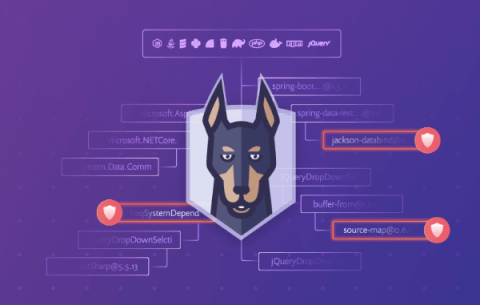Data Resiliency: What It Is and Why You Need It
Data fuels decision-making, drives innovation, and underpins customer relationships. But data is also vulnerable—to cyberattacks, hardware failures, natural disasters, and even simple human error. That’s where data resiliency comes in. Data resiliency is about more than just having backups: It’s a holistic approach to ensuring that your data remains available, accurate, and secure even in the face of unexpected disruptions.











